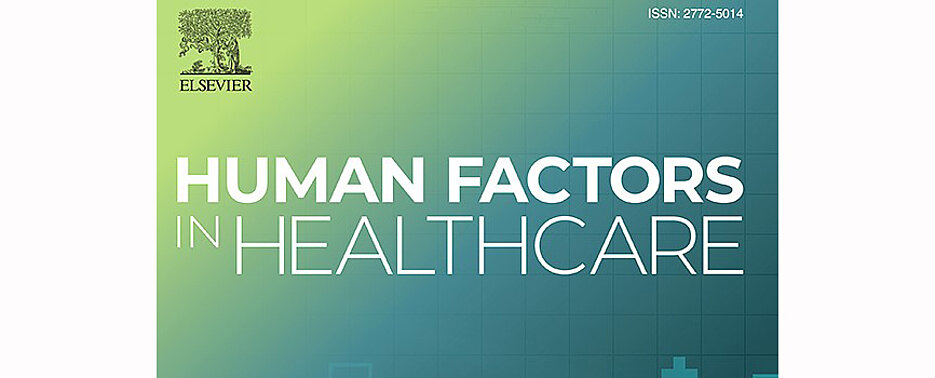Neuer Artikel über die Gestaltung von technischen Geräten in der Medizin erschienen
04/02/2024Tobias Grundgeiger, Christian Juranz und Jörn Hurtienne vom Lehrstuhl Psychologische Ergonomie haben zusammen mit Oliver Happel vom Universitätsklinikum Würzburg einen neuen Beitrag in der Zeitschrift Human Factors in Healthcare veröffentlicht.
Der Artikel ist Teil des special issues The Application of Human Factors and Ergonomics to the Design, Implementation and Evaluation of Digital Health Solutions.
In dem Artikel “Motives and Fluent Interaction in Clinical Documentation: An Experience-Based Design for a Documentation Tool in Anesthesiology” wird ein Designzugang, der auf der Nutzendenerfahrung basiert, im Rahmen von Medikamentendokumentation exemplarisch umgesetzt. Der Artikel ist als open access publiziert.
Grundgeiger, T., Juranz, C., Hurtienne, J., & Happel, O. (2024). Motives and Fluent Interaction in Clinical Documentation: An Experience-Based Design for a Documentation Tool in Anesthesiology. Human Factors in Healthcare, 100071. https://doi.org/10.1016/j.hfh.2024.100071
Zusammenfassung
Documentation in anesthesiology is important but documentation quality is poor and frequently delayed. Using documentation in anesthesiology, we suggest an experience-based design approach that considers users’ motives and work practices in the design of technology to provide users with the experience of achieving valued motives (activity theory) and a fluent interaction with the environment (embodiment). We conducted an ethnographic study to identify documentation work practices, the anesthesiologists’ motives for documenting, and assess documentation quality. Based on the data and with the theoretical premises of activity theory and embodiment in mind, we designed the functions and interaction of a speech-based documentation tool. Using the Wizard of Oz method in a simulated induction of general anesthesia, we showed that the tool enabled fluent interaction, addressed a motive that anesthesiologists valued, and increased the documentation quality. We demonstrated that an experience-based design can enhance documentation quality and has the potential to contribute to safety and efficiency in safety-critical domains and provide grounds for future decision support systems.



